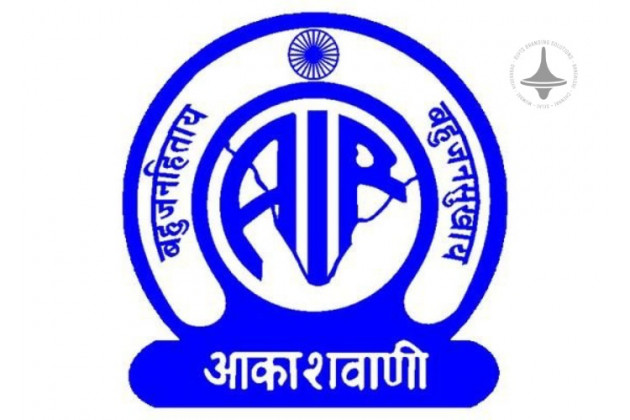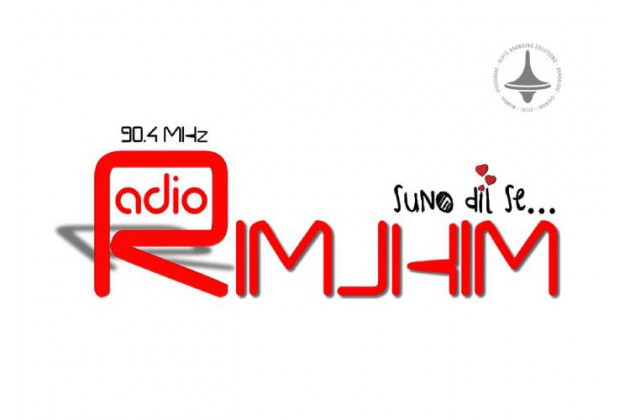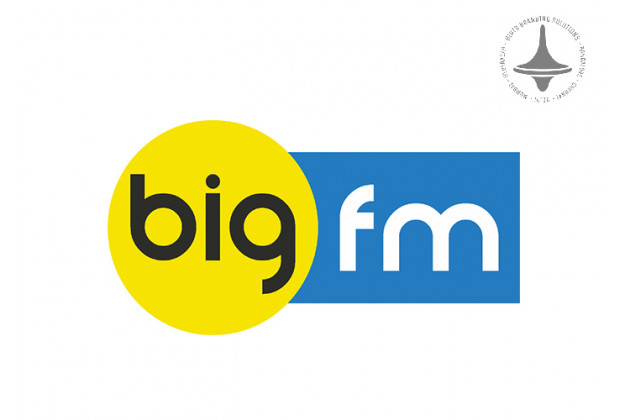AI | Decode Audience Behavior | Effective OOH Strategy | Digital

Out-of-Home (OOH) advertising has long been a staple in the marketing world, offering unparalleled visibility and engagement with audiences in real-world settings. However, as technology continues to evolve, so too does the need for more sophisticated methods of targeting and personalization. One of the most revolutionary technologies to impact OOH advertising is Artificial Intelligence (AI). By leveraging AI to decode audience behavior, brands can now optimize their OOH strategies with greater precision and effectiveness. Here’s how AI is transforming OOH advertising and helping marketers connect with their audiences on a deeper level.
Understanding Audience Behavior Through Data
Traditionally, OOH campaigns were driven by broad
assumptions about target demographics and consumer behavior. Marketers often
relied on factors like location, time of day, and basic demographic data to
determine where and when to place ads. However, these methods lacked a true
understanding of how audiences actually engage with OOH content.
AI has changed the game by providing the ability to analyze
vast amounts of data in real-time. By harnessing the power of machine learning
and data analytics, AI can decode audience behavior with remarkable accuracy.
This includes tracking movement patterns, social media interactions,
environmental factors, and even sentiment analysis from the surrounding area.
Through this, AI can provide actionable insights that reveal who your audience
is, where they spend their time, and how they respond to various stimuli.
Predictive Analytics for Optimized Placement
One of the most valuable applications of AI in OOH
advertising is its ability to predict audience behavior. Through predictive
analytics, AI can forecast where and when your target audience is most likely
to engage with an ad. By analyzing historical data and real-time trends, AI can
determine optimal locations and times to place your ads for maximum impact.
For example, if a brand is targeting urban professionals, AI
can assess foot traffic patterns and public transportation usage to recommend
high-traffic locations where the audience is most likely to be during peak
hours. Additionally, AI can suggest specific ad formats (e.g., digital
billboards, transit posters, etc.) that will be most effective at engaging with
the target demographic based on behavior patterns.
Real-Time Content Optimization
Another exciting possibility AI opens up for OOH advertising
is the ability to optimize content in real time. With AI-driven systems,
advertisers can dynamically adjust their messaging based on audience behavior
and environmental factors. For instance, digital billboards can change their
content depending on the weather, time of day, or even the mood of the audience
in real-time, which is determined through sentiment analysis.
Consider a fast-food chain running an ad on a digital
billboard near a popular park. AI can detect if the audience is primarily
families, professionals, or tourists, and adjust the content to match their
preferences. If the weather is hot, the ad might highlight cool drinks or ice
creams, whereas on a chilly day, the ad could promote hot beverages or warming
snacks.
Enhancing Personalization with AI-Driven Insights
Personalization is key to capturing and maintaining audience
attention, and AI excels at making OOH advertising more personal. By analyzing
data from multiple sources, AI can build detailed audience profiles that
reflect individual preferences, behaviors, and lifestyle choices. These
profiles can then be used to tailor advertising content to meet the unique
needs of different audience segments.
AI can also integrate data from other digital platforms
(such as mobile apps, social media, and websites) to create a comprehensive
view of an individual's behavior across multiple touchpoints. This allows for
hyper-targeted campaigns that resonate with specific segments, increasing the
likelihood of engagement and conversion.
Improving Campaign ROI
The ultimate goal of any marketing campaign is to achieve a
high return on investment (ROI). AI's ability to decode audience behavior
provides advertisers with the insights needed to allocate resources more
efficiently, track campaign performance, and optimize their strategies in real
time. With AI, advertisers can measure the impact of OOH campaigns more
accurately by monitoring how audiences respond to ads in different locations,
at various times, and under different conditions.
By using AI-powered analytics, marketers can identify which
locations, times, and types of ads are driving the most engagement, enabling
them to refine their strategies and focus on high-performing segments. This
data-driven approach leads to better allocation of budgets, improved targeting,
and ultimately, a higher ROI.
Overcoming Privacy Concerns with Ethical AI
As with any technology that involves data collection, AI in
OOH advertising raises important privacy concerns. To mitigate these issues, it
is crucial for marketers to use AI ethically and transparently. Data used for
audience behavior analysis should be anonymized and aggregated, ensuring that
individual privacy is protected while still allowing for meaningful insights.
AI can be programmed to comply with privacy regulations like
GDPR and CCPA, ensuring that data is collected and used responsibly. This
approach not only builds trust with consumers but also ensures that OOH
campaigns remain within the bounds of the law.
The Future of AI in OOH Advertising
As AI technology continues to evolve, so too will its
applications in OOH advertising. The future holds exciting possibilities for
even more advanced audience segmentation, content customization, and real-time
engagement. The integration of AI with emerging technologies like augmented
reality (AR) and the Internet of Things (IoT) could further revolutionize the
OOH space, offering immersive and highly personalized experiences for
consumers.
In conclusion, using AI to decode audience behavior is a
game-changer for OOH advertising. With AI’s ability to analyze data, predict
behavior, optimize content, and personalize messaging, marketers can now create
more effective, targeted, and engaging campaigns. As technology continues to
advance, AI will undoubtedly play an even larger role in shaping the future of
OOH advertising, allowing brands to reach their audiences with unprecedented
precision and impact.
Conclusion
AI is transforming the way we approach OOH advertising. By
harnessing its power to decode audience behavior, brands can optimize their
strategies, personalize their messaging, and improve their ROI. The future of
OOH advertising is bright, and with AI leading the charge, the possibilities
for innovation and success are endless.
Elyts Advertising and Branding Solutions | www.elyts.in (India) | www.elyts.agency (UAE)






















Leave a Comment